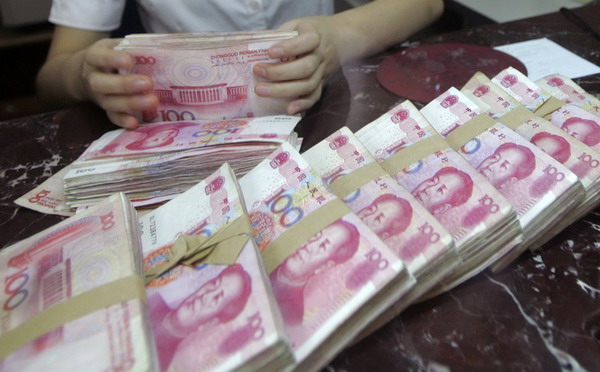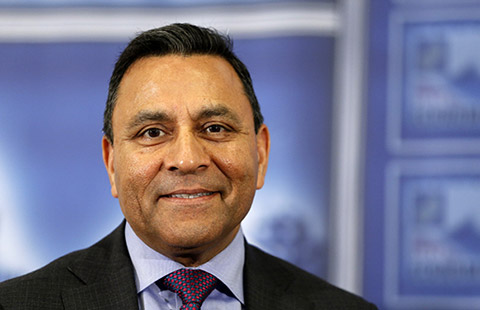China frees bank lending rates on reform agenda
 |
|
An employee counts Chinese 100 yuan banknotes at a branch of Bank of Communications in Shenyang, Liaoning province in this July 6, 2012 file picture. China's central bank announced long-awaited interest rate reforms on July 19, 2013, scrapping the previous floor on the rates that banks charge clients for loans. Picture taken July 6, 2012. [Photo/Agencies] |
BEIJING - China's central bank announced a key move Friday to liberalize bank lending rates, underlining the government's resolve to push market reform to revitalize the slowing economy.
The floor limit for lending interest rates will be canceled and financial institutions can decide their own rates following commercial principles, said a People's Bank of China (PBOC) statement.
Controls on bill discount rates will be scrapped and the ceiling limit for lending from rural banks will be eliminated. It did not remove the ceiling on deposit rates, and retained the lending interest rates for personal homes for the healthy growth of the property market.
Under the previous system, the PBOC set guidelines for lending and deposit rates for commercial banks which were willing to lend to state-backed firms with artificially high rates.
Banks are not allowed to lend at rates below 70 percent of the guideline rates. There are no ceilings for deposit rates.
Long-awaited reform
The central bank's move marks a big step towards market economic reform and indicates the future path for reform, said Yu Yongding, an economist with the Chinese Academy of Social Sciences.
The move is a response to complaints from small and private businesses that have been marginalized by state-backed enterprises and banks due to their monopolistic advantages.
"Lifting controls on lending interest rates can help cut costs for enterprises in raising funds and it can also optimize financial resources to boost the real economy and economic restructuring," the PBOC statement said.
"Cutting controls on the rates will allow cash-thirsty business, especially private enterprises to have easier access to loans," said Yu Yongding, adding that the move will also help curb speculative trading to some extent.
Private and small business play a critical role of stabilizing China's economy and social stability, as they turn out 90 percent of GDP and 80 percent of jobs. Marginalizing them harms growth momentum.
Henry Cai, executive chairman of corporate finance of Deutsche Bank's Asia Pacific region, said the marketization of interest rates will benefit the real economy, with needy enterprises getting cheaper loans and banks being refrained from earning monopolistic profits.
"It is the real economy, other than banks, that is short of money," he said.

























